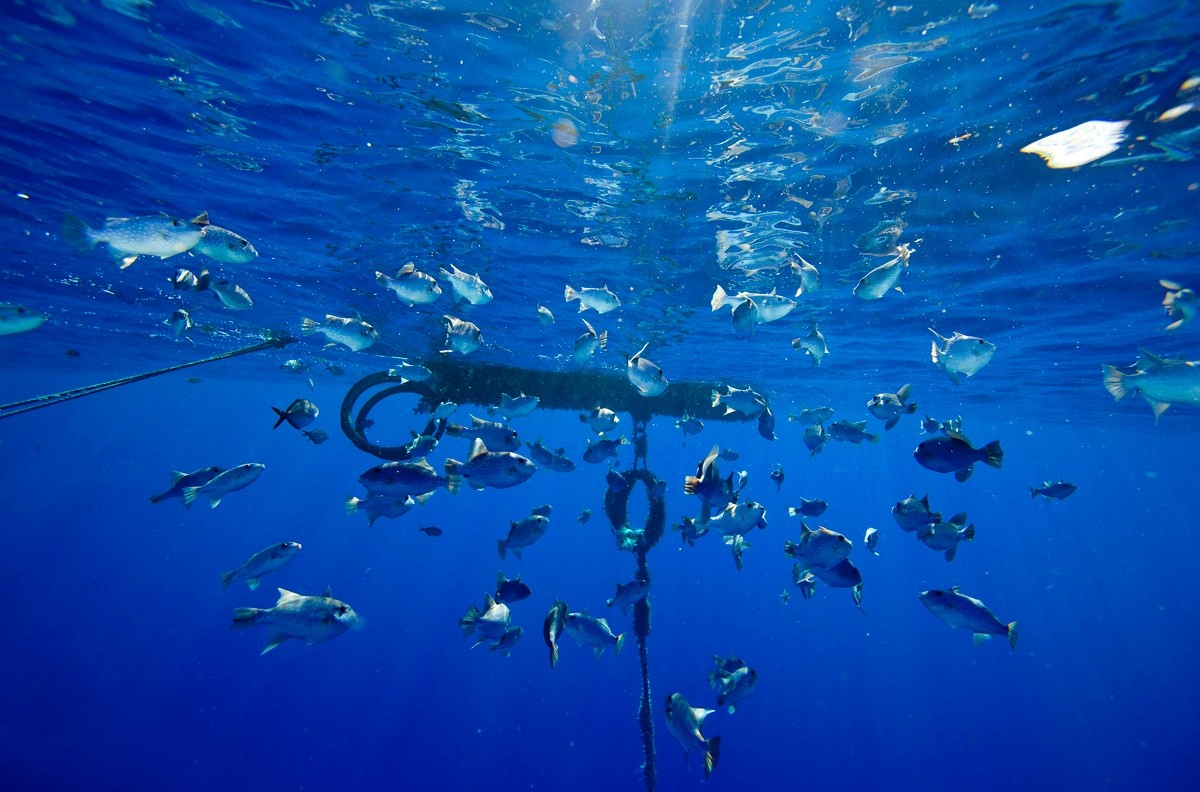7 explain the principle of fish aggregating devices (FADs) and
Fish Aggregating Devices (FADs) are strategic tools utilized in fishing, primarily to attract pelagic fish species such as tuna, marlin, and mahi-mahi. These devices are typically man-made objects that float on the surface of the water, enhancing the aggregation of target species in specific areas, thereby increasing fishing efficiency. They work under the principle that certain fish species are inherently drawn to floating objects in the ocean, which serve as potential shelter or feeding areas.
FADs have several ecological impacts that warrant consideration. On one hand, they can enhance fishery productivity and economic opportunities for local fishing communities. By aggregating fish in specific locations, FADs can make it easier for fishers to catch large quantities of target species. However, the use of FADs is not without its concerns. One significant issue is bycatch, as FADs can inadvertently attract non-target species, including juvenile fish and other marine animals, leading to ecological imbalances and population declines of these species.
Furthermore, there are growing concerns about the sustainability of FAD fishing practices. To mitigate the negative impacts, there is a push for designing FADs that are non-entangling and biodegradable, which could help in reducing marine debris and avoiding harm to other marine wildlife. The sustainability of FAD fishing is an ongoing area of research, with various organizations advocating for more responsible management strategies.
For more detailed insights into FADs, their principles, and their ecological implications, you can refer to the following sources:
- NOAA Fisheries on Fish Aggregating Devices
- Wikipedia article on Fish Aggregating Devices
- Principles of FAD Fishery - Grace of the Sea (PDF)
- ScienceDirect on FADs as scientific platforms
- Marine Stewardship Council on sustainability of FAD fishing
- International Seafood Sustainability Foundation on FAD ManagementFish Aggregating Devices (FADs) are strategically deployed floating objects designed to attract pelagic fish species such as tuna, marlin, and mahi-mahi. They serve as artificial habitats that lure fish, facilitating easier capture by fishermen. The principle behind FADs is rooted in the natural behavior of fish; they are drawn to floating structures where they often find food or cover. Over time, FADs have become popular in commercial fishing due to their effectiveness in enhancing fish catch rates. For detailed information on the design and functioning of FADs, you may refer to resources like NOAA Fisheries (link) and Wikipedia (link).
However, while FADs can significantly boost fishing efficiency, they come with a set of ecological impacts that raise concerns among marine biologists and conservationists. One of the notable drawbacks is their contribution to bycatch, which occurs when non-target species are inadvertently caught alongside the intended fish. High levels of bycatch can disrupt local ecosystems and threaten fish populations, especially juvenile tuna, thus posing risks to the sustainability of fisheries (link, link).
Moreover, the use of FADs has been linked to overfishing. The enhanced catch rates can lead to unsustainable fishing practices that deplete fish stocks, particularly in vulnerable ecosystems (link). This situation is aggravated by the potential for habitat degradation and disruption of marine food webs, as FADs can alter the dynamics of ocean ecosystems (link, link).
Overall, while FADs play a crucial role in modern fishing practices by enhancing fish aggregation, their ecological impacts necessitate careful management and regulation to ensure that they contribute to sustainable fishing efforts rather than harm marine biodiversity. For a deeper understanding of both the benefits and challenges associated with FADs, further exploration can be done through studies available in academic journals (link) and sustainability organizations (link).
Sources


Related Questions
Work fast from anywhere
Stay up to date and move work forward with BrutusAI on macOS/iOS/web & android. Download the app today.
